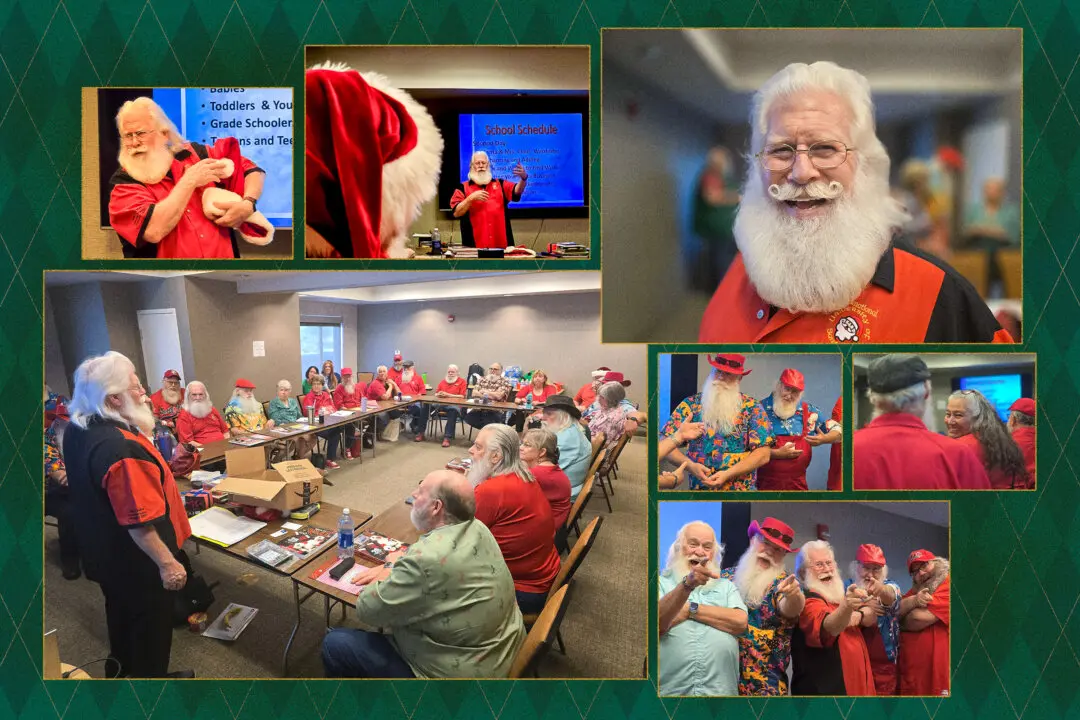PHOENIX, Ariz.—Homeless on the streets since 2017, Roosevelt thought he knew what an Arizona heat wave felt like.
But these past two weeks have been hellish for Roosevelt and his girlfriend, Tru, squatting by an iron fence in “The Zone,” a sprawling urban encampment of homeless people in Phoenix.





